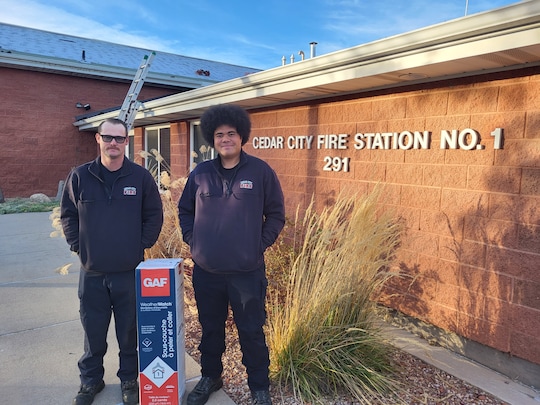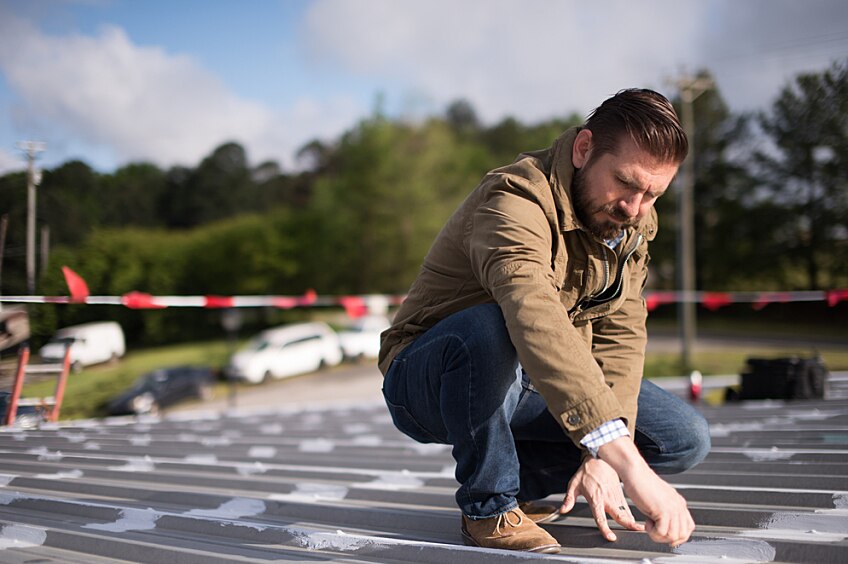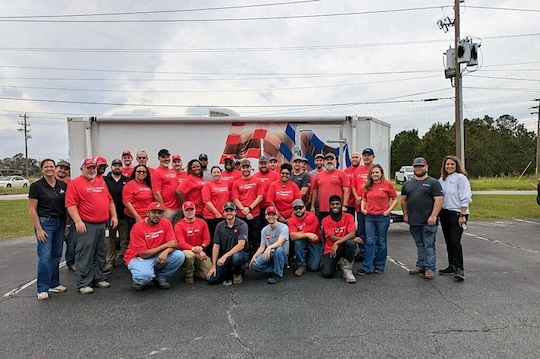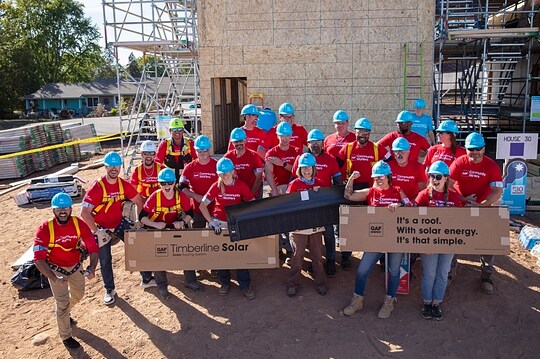
Roofs work around the clock to protect commercial buildings from exposure to the elements, yet they're often easy to forget about—that is until building owners experience a problem. One way to avoid some of the most common roofing issues that occur is to schedule a regular roof inspection.
Deidra Johnson, GAF Center for the Advancement of Roofing Excellence (CARE) Training Manager, explains the importance of inspections: "Roof inspections are as necessary as a routine physical from your general practitioner. You want to make sure you are in good health and review any changes since your last visit."
The same goes for your roof, says Johnson. "You want to check the health of your roof to discover if any issues that may have arisen since the last visit can be corrected in a timely manner to avoid greater expenses at a later time."
When and How Often to Get a Commercial Roof Inspection
A building's roof should be inspected at least once a year—and ideally before the onset of storm season.
"Hurricane season runs from June through November, so a safe bet would be to have the property inspected sometime before June," explains Johnson. "If the property is in a storm-prone market, with an onset in mid-March to April, it would not be wise to wait until May, because there's a good chance storms would have passed through. An ideal time is to try for two/three weeks prior to the start of the storm season in your market."
Avoid waiting until right before storm season to contact a contractor for your inspection—chances are they schedule appointments well in advance. It's worth doing your research to find a contractor that is certified by a reputable manufacturer, such as a contractor certified by GAF*. Many contractors offer annual service agreements for roof inspections, ensuring that you have a place on the schedule each year.
The Roof Inspection Process
How long a roof inspection takes will vary by the size of the property and the number of buildings being inspected. Expect your contractor to spend several hours performing the inspection, and as much as a day or more if multiple buildings are involved.
Sometimes the building owner accompanies the contractor during the inspection, but only if he or she has the time and is comfortable climbing on the roof, says Johnson. "Some contractors provide videos and photos to document their inspection so that another physical presence isn't necessary."
During the inspection itself, the contractor will assess the condition of the roof. "They are looking at the overall health of the roof itself, checking the membrane, the insulation, and the decking. They will also look at the vents on the roof and the flashing to make sure they are well sealed and in good working order," explains Johnson. "Similar to our doctor's visits, they can find things that might be slightly damaged and look trivial but if left unattended can cause serious issues down the road."
The Risks of Not Inspecting Your Roof
When building owners put off routine inspections and roof maintenance, it increases the likelihood that a roof may suffer from leaks that can damage the building and its contents, and may jeopardize warranty or guarantee coverage. Additionally, insurance carriers may deny claims following severe weather if building owners can't show that they have regularly cared for and maintained their roof.
By identifying and addressing small maintenance issues as they arise, owners can improve the performance of their roofs and potentially extend the service life of that roof. A small investment now can prevent larger expenses in the future and minimize the risk of property damage.
For help managing your regular inspections and roofing needs, click here to connect with the professionals at GAF.
*Contractors enrolled in GAF certification programs are not employees or agents of GAF, and GAF does not control or otherwise supervise these independent businesses. Contractors may receive benefits, such as loyalty rewards points and discounts on marketing tools from GAF for participating in the program and offering GAF enhanced warranties, which require the use of a minimum amount of GAF products.



